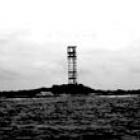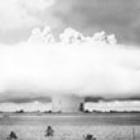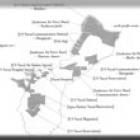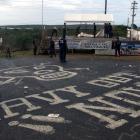Monster movies
While Hollywood movies have long been fascinated with US wars as well as the technology, iconography, and spectacles of warmaking, filmmakers from more marginal locations have attempted to dramatize the environmental risks of US militarization. If environmental harm tends to take effect gradually and in hardly-visible forms, fiction films can condense dispersed experiences of risk and environmental anxiety into dramatic plots. Popular movies that object to US militarization—such as Ishiro Honda’s Godzilla [Gojira] (1954) and Bong Joon-ho’s The Host [Gwoemul] (2006)—resort to supernatural and fantastic elements in efforts to express spectacular and monstrous risks perceived by local communities. By imagining monsters that originate from US military activity, these movies turn the genre of the monster movie against US warmaking. A recent Marshallese film, Jack Niedenthal and Suzanne Chutaro’s The Sound of Crickets at Night [Ainikien Jidjid ilo Bon] (2012), also incorporates supernatural elements—in this case to imagine what healing might look like for a family displaced and devastated by nuclear colonialism.
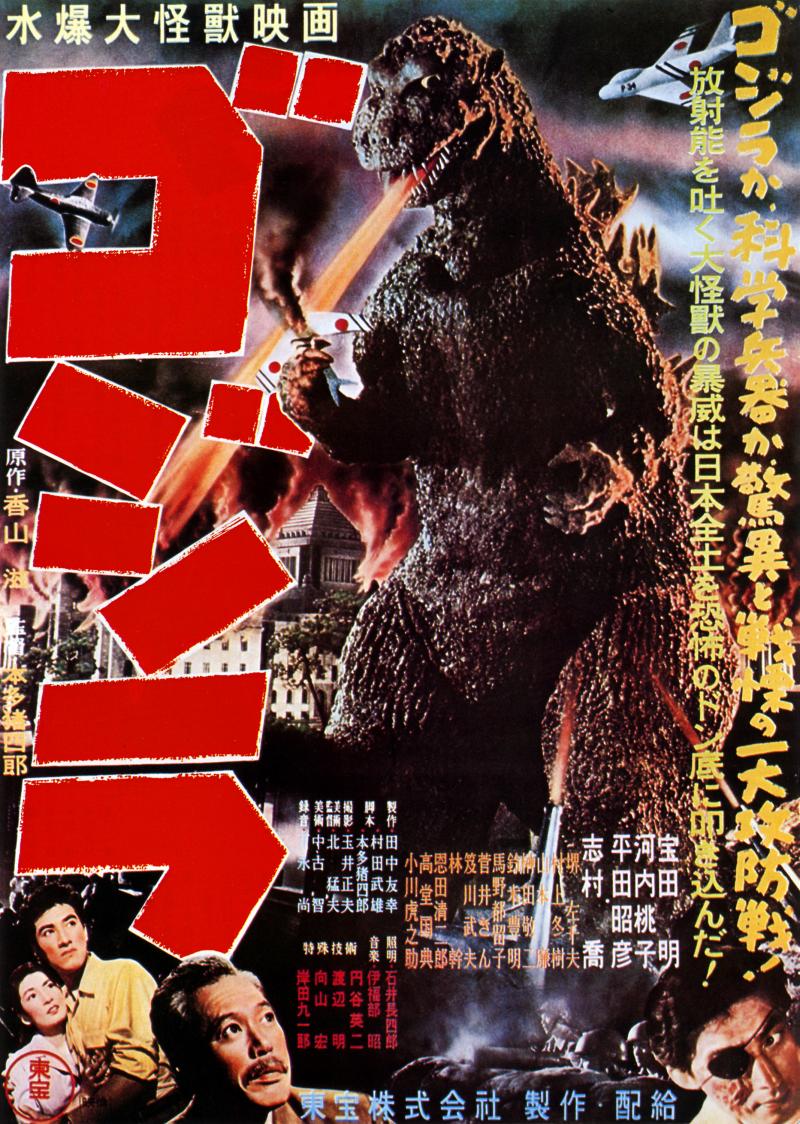
1954 poster for Gojira.
1954 poster for Gojira.
This image is in the public domain.
 This work is licensed under a Creative Commons Public Domain Mark 1.0 License.
This work is licensed under a Creative Commons Public Domain Mark 1.0 License.
Beginning in the 1950s, radioactive and chemical pollution risks gave rise to an entire genre of movies featuring monsters created or awakened by humans’ meddling with the environment. Although it was preceded by the American films The Beast from 20,000 Fathoms (1953), in which Arctic nuclear tests awaken a dinosaur, and Them! (1954), in which nuclear tests produce giant ants that attack the desert Southwest, Godzilla has become the definitive radioactive monster movie. While the film includes scenes of urban devastation reminiscent of the bombings of Hiroshima and Nagasaki, its most immediate context was the atomic testing conducted by the US in the Pacific Proving Grounds beginning in 1946. As the paleontologist Dr. Yamane explains in the film, Godzilla is an amphibious creature from prehistoric times that “probably survived by eating sea organisms, occupying a specific niche. However, recent experimental nuclear detonations may have drastically altered its natural habitat. I would even speculate that an atomic explosion may have removed it from its surroundings.” Not only is the monster’s invasion of Tokyo precipitated by nuclear testing, but the radiation it has absorbed gives Godzilla the ability to incinerate objects with its breath. A cautionary tale about the atomic age, Godzilla uses a fantastical monster to embody the unknown and unimaginable risks that might be exacerbated by military research in the nuclear Pacific.
The Host—the highest grossing South Korean film following its release in 2006—uses monster movie conventions to critique the environmental risks of US military bases. Referencing an actual 2000 incident in which US military mortician Albert McFarland ordered a soldier to dump formaldehyde into the Han River, The Host depicts a mutant creature emerging from the river and wreaking havoc on Seoul’s populace. Since the monster is also believed to be a disease carrier, the Korean government and international health organizations coordinate a militarized response designed to quarantine the population until they can kill the monster and decontaminate the area by releasing an American biological weapon called “Agent Yellow.” At times taking a surprisingly sympathetic view of the hungry mutated creature (Gwoemul is the Korean word for “creature,” not “monster” or “host”), Bong’s film seems to suggest that the real monster is the US military and a militarized international approach to biosecurity that uses force to quarantine, surveil, research, subdue, and further poison populations perceived to be contaminated. In addition to known problems associated with US bases such as camp-town prostitution, noise, fatal accidents, and pollution, The Host uses a science fiction monster to dramatize the unforeseen but pervasive dangers of militarized bases and security measures.
Although The Sound of Crickets at Night does not feature monsters, its plot features a Marshallese deity invoked to help a young girl named Kali cope with her displaced and broken family. Kali’s health begins to deteriorate when her parents separate and leave her with her grandfather Jebuki, whose health and finances are precarious. Since Jebuki was one of the refugees resettled to Rongerik from Bikini Atoll, Kali’s illness and depression echo the condition of nuclear refugees who were exposed to radioactive fallout even after being evacuated. After Jebuki summons the ancient spirit Worejabato to save his granddaughter, a mysterious American appears and reassures him and Kali about the future. Although the prospect of a Marshallese deity taking the form of a mysterious American (whom Kali playfully names “George Bush”) seems ironic, the film’s turn to Marshallese religion provides Kali with a measure of solace and companionship. The Sound of Crickets presents tradition, community, and the local landscape as sources of individual and cultural strength in the wake of nuclear colonialism and family separation.
Bibliography:
Hsu, Hsuan L. 2009. “The Dangers of Biosecurity,” Jump Cut: A Review of Contemporary Media 51.







